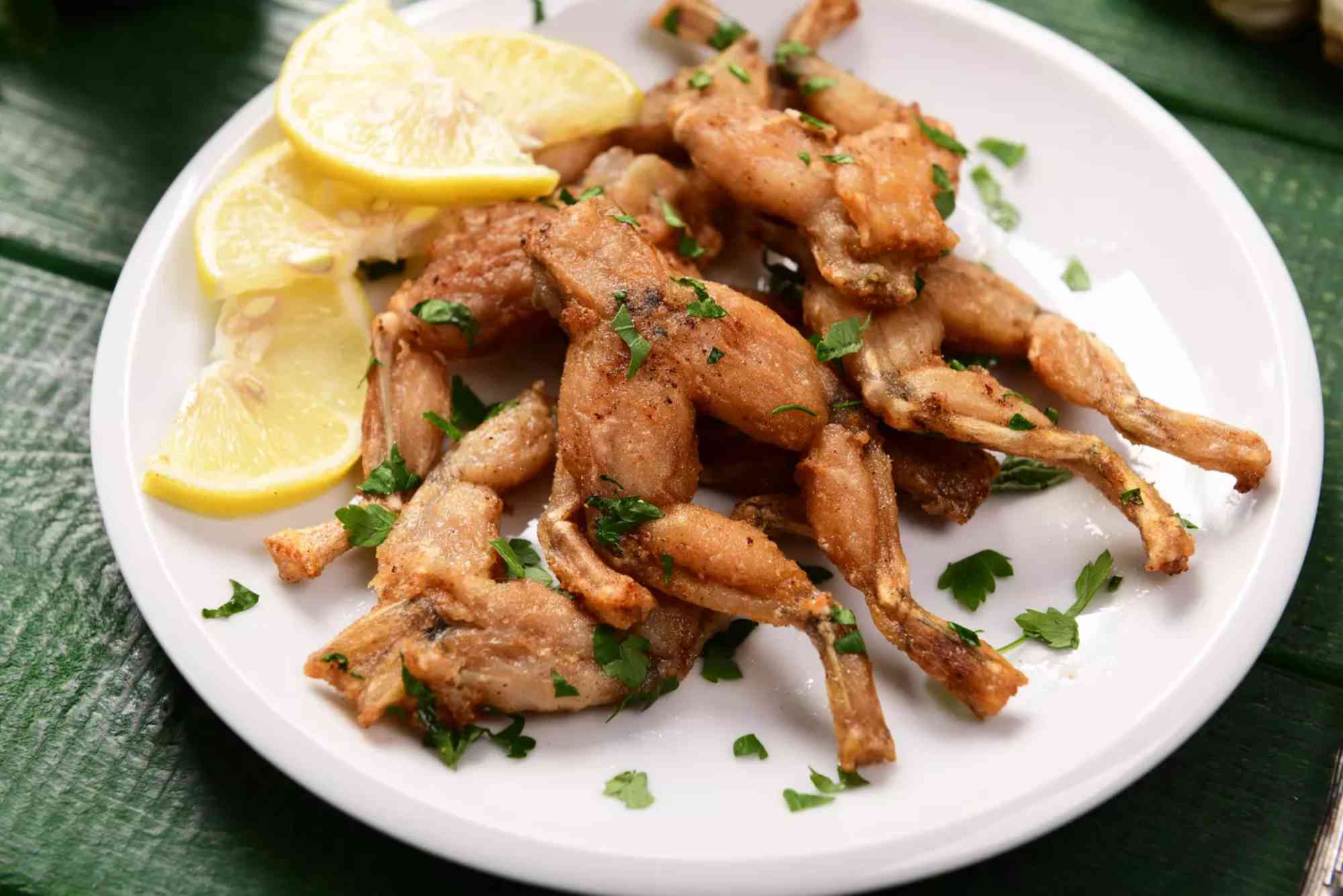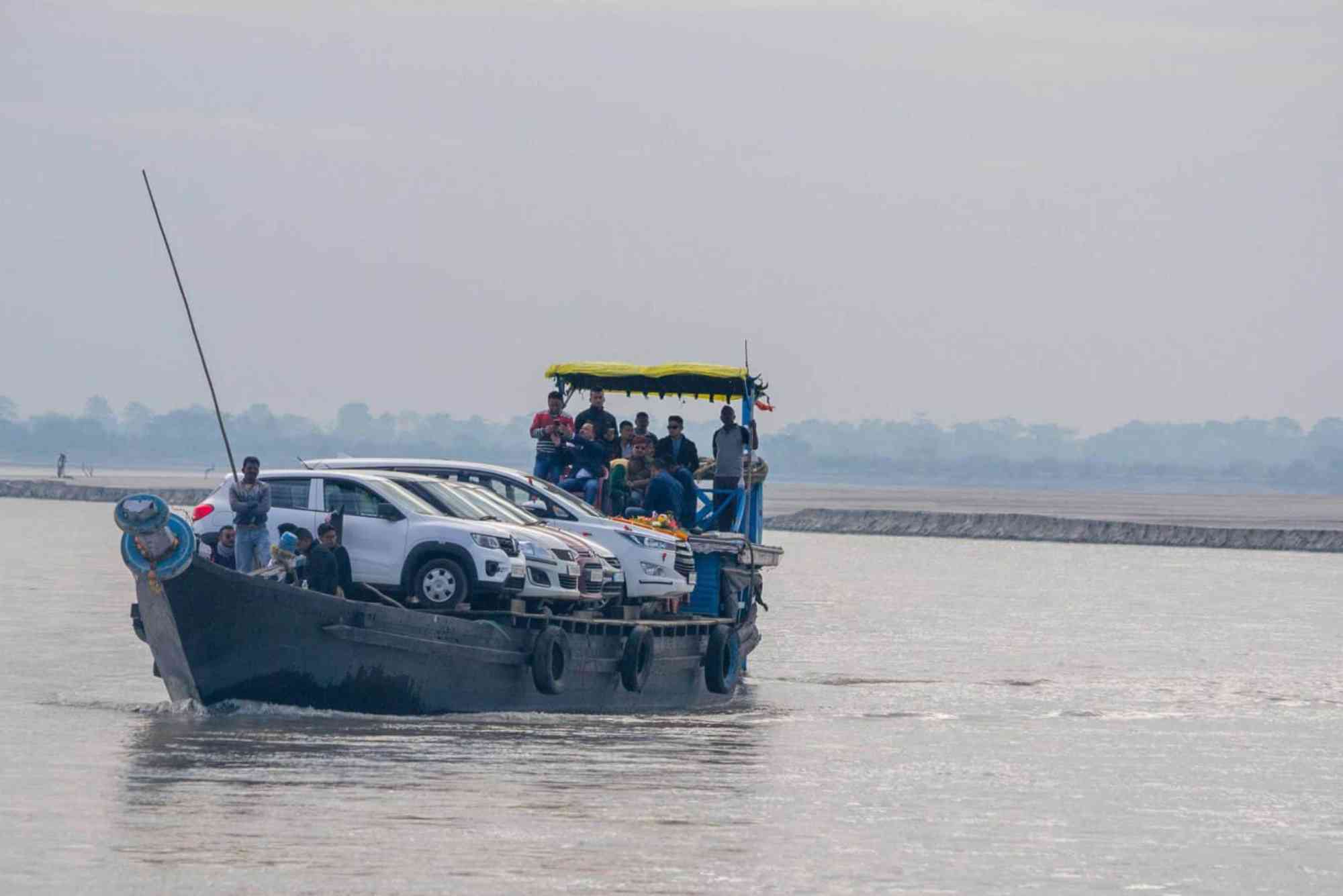Frogs are fascinating creatures that play a vital role in aquatic and terrestrial ecosystems. From their early days as spawn to fully grown adults, frogs go through dramatic changes—not just in form, but also in their diet. Understanding the frog spawn food chain is essential for anyone interested in wildlife, conservation, or the delicate balance of nature.
Whether you’re observing frogs in your backyard pond or teaching biology, knowing what frogs eat at each life stage can give deeper insights into their survival strategies. Let’s dive into the lifecycle of frogs, what they eat, and how the food chain keeps the ecosystem thriving.
The Lifecycle of a Frog: From Spawn to Adult
Before discussing diet, it’s important to understand the basic stages of a frog’s life. Each stage comes with its own nutritional needs.
Frog Spawn: The Beginning
Frog spawn refers to the jelly-like cluster of eggs laid by adult frogs in water. These eggs are vulnerable and depend heavily on environmental conditions. At this stage, they don’t eat—they rely on the yolk within the egg for nourishment.
Tadpoles: The First Eaters
Once the eggs hatch, tadpoles emerge. This is where the frog spawn food chain truly begins. Tadpoles feed and grow rapidly, making their diet a key part of their development.
Metamorphosis: Growing Legs and Changing Diets
As tadpoles grow, they gradually develop legs and lungs. Their diet begins to shift from plant-based to protein-rich sources, preparing them for their future life on land.
Adult Frogs: Apex Insect Predators
Adult frogs are carnivorous. Their food preferences include insects, worms, and even small vertebrates like baby mice or other frogs. They’re important predators in many ecosystems.
What Tadpoles Eat: Early Frog Spawn Food Chain
Algae and Plant Material
In the first few weeks, tadpoles feed mainly on soft algae and decaying plant matter. These are easily digestible and abundant in ponds.
Microorganisms and Detritus
As they grow, tadpoles also consume microorganisms and organic debris. These provide essential nutrients that support rapid cell division and growth.
Cannibalism in Crowded Environments
In some environments, food scarcity leads to tadpoles feeding on weaker siblings. While unsettling, it is a survival mechanism within the frog spawn food chain.
What Adult Frogs Eat: The Predator Role
Adult frogs have evolved into skilled hunters, using their sticky tongues and excellent eyesight to catch prey.
Insects and Arthropods
Frogs primarily eat mosquitoes, flies, beetles, and other insects. In doing so, they help control pest populations naturally.
Worms, Slugs, and Snails
In moist environments, frogs also feast on soil-dwelling creatures. These prey types are rich in protein and easy to catch.
Small Vertebrates
Larger frog species may eat small rodents, lizards, or even birds. This places them high on the local food chain.
The Frog Spawn Food Chain in Natural Ecosystems
Understanding what frogs eat also means understanding what eats them. Frogs are both predator and prey.
Predators of Frog Spawn and Tadpoles
Eggs and tadpoles are preyed upon by fish, birds, and insects like dragonfly larvae. This natural predation helps balance population growth.
Predators of Adult Frogs
Snakes, birds, raccoons, and larger mammals prey on adult frogs. Even humans, in some cultures, hunt frogs for food.
Frogs as Environmental Indicators
Because frogs rely on both land and water, they’re highly sensitive to pollution. Disruptions in the frog spawn food chain can indicate ecosystem problems.
Factors Affecting Frog Diet and Food Chain Dynamics
Water Quality
Polluted water can kill off algae and microorganisms, limiting food for tadpoles. Chemicals may also harm frog eggs directly.
Climate and Season
Seasonal changes affect insect availability. During colder months, frogs may hibernate or drastically reduce activity.
Habitat Loss
Urbanization can eliminate essential feeding grounds. Without access to diverse food sources, frogs cannot thrive.
Human Impact on the Frog Spawn Food Chain
Use of Pesticides
Chemicals designed to kill insects also reduce food for frogs. Additionally, some pesticides are toxic to tadpoles and adults.
Invasive Species
Non-native fish and amphibians may eat frog spawn or compete for the same food, upsetting natural balances.
Conservation Efforts
Preserving wetlands, reducing chemical use, and creating frog-friendly gardens are ways to support the frog spawn food chain.
Why the Frog Spawn Food Chain Matters
The frog spawn food chain plays a critical role in the health of ponds, wetlands, and broader ecosystems. Frogs keep insect populations under control and serve as food for many animals. If frogs disappear, the consequences ripple outward, affecting plant health, bird populations, and even human agriculture.
By understanding and supporting the frog spawn food chain, we contribute to a balanced and resilient environment.
Frequently Asked Questions
What do frog spawn eat?
Frog spawn (eggs) do not eat. They survive on yolk stored inside each egg until hatching into tadpoles.
What do tadpoles eat?
Tadpoles eat algae, microorganisms, plant matter, and sometimes each other in crowded or nutrient-poor conditions.
What do baby frogs eat after metamorphosis?
Young frogs eat tiny insects such as ants, fruit flies, and small worms as they adjust to a carnivorous diet.
What are the predators of frog spawn?
Fish, insects (like water beetles), and birds often prey on frog spawn in the wild.
How can I protect frog spawn in my pond?
Avoid adding fish, reduce pesticide use nearby, and create plant cover to hide eggs and tadpoles from predators.
Help the Frog Spawn Food Chain Thrive
Frogs are more than just charming creatures; they are key players in nature’s food web. From spawn to adult, their dietary needs shift dramatically—each stage impacting the broader ecosystem. When you understand the frog spawn food chain, you’re better equipped to support local biodiversity.





